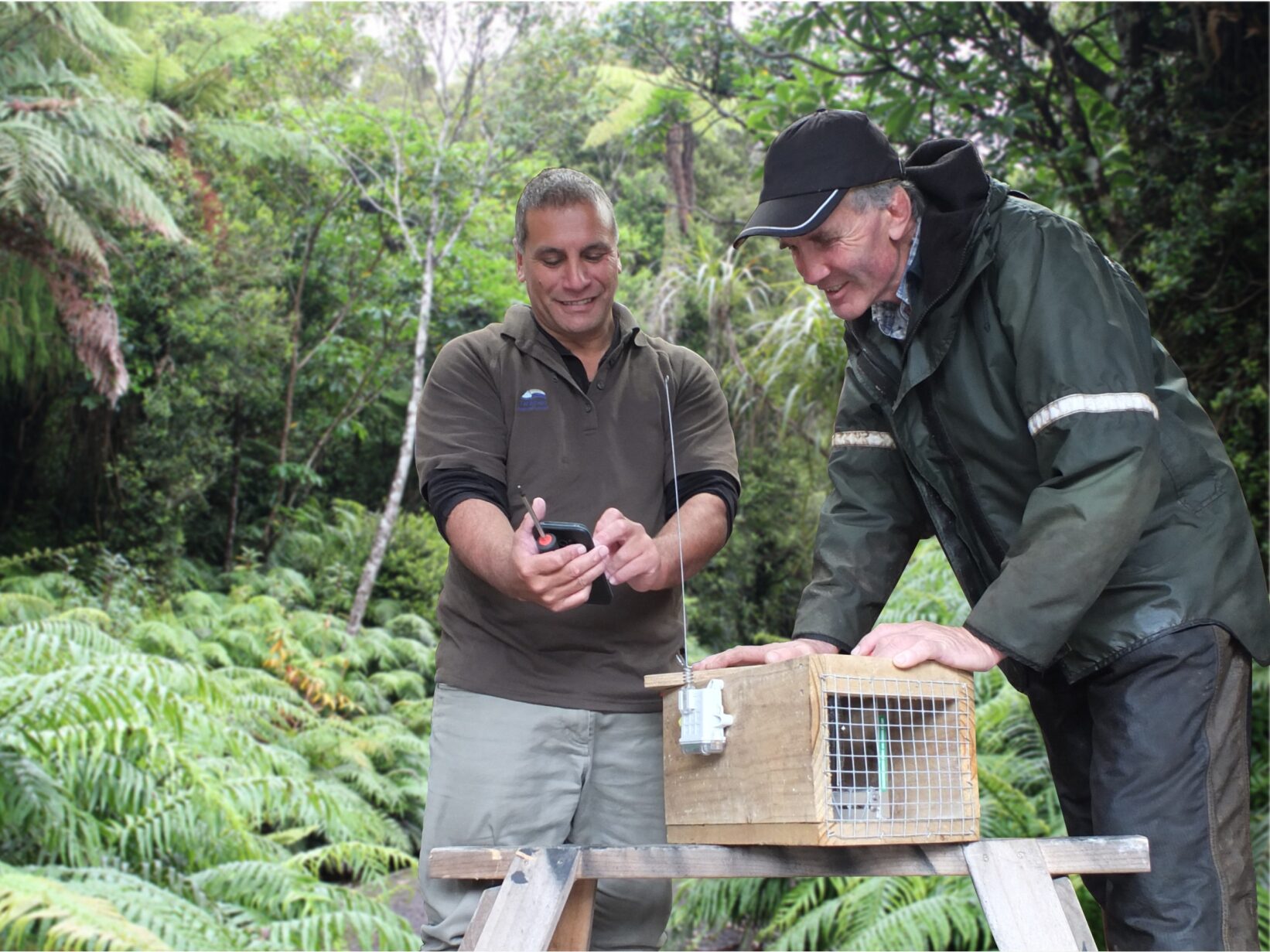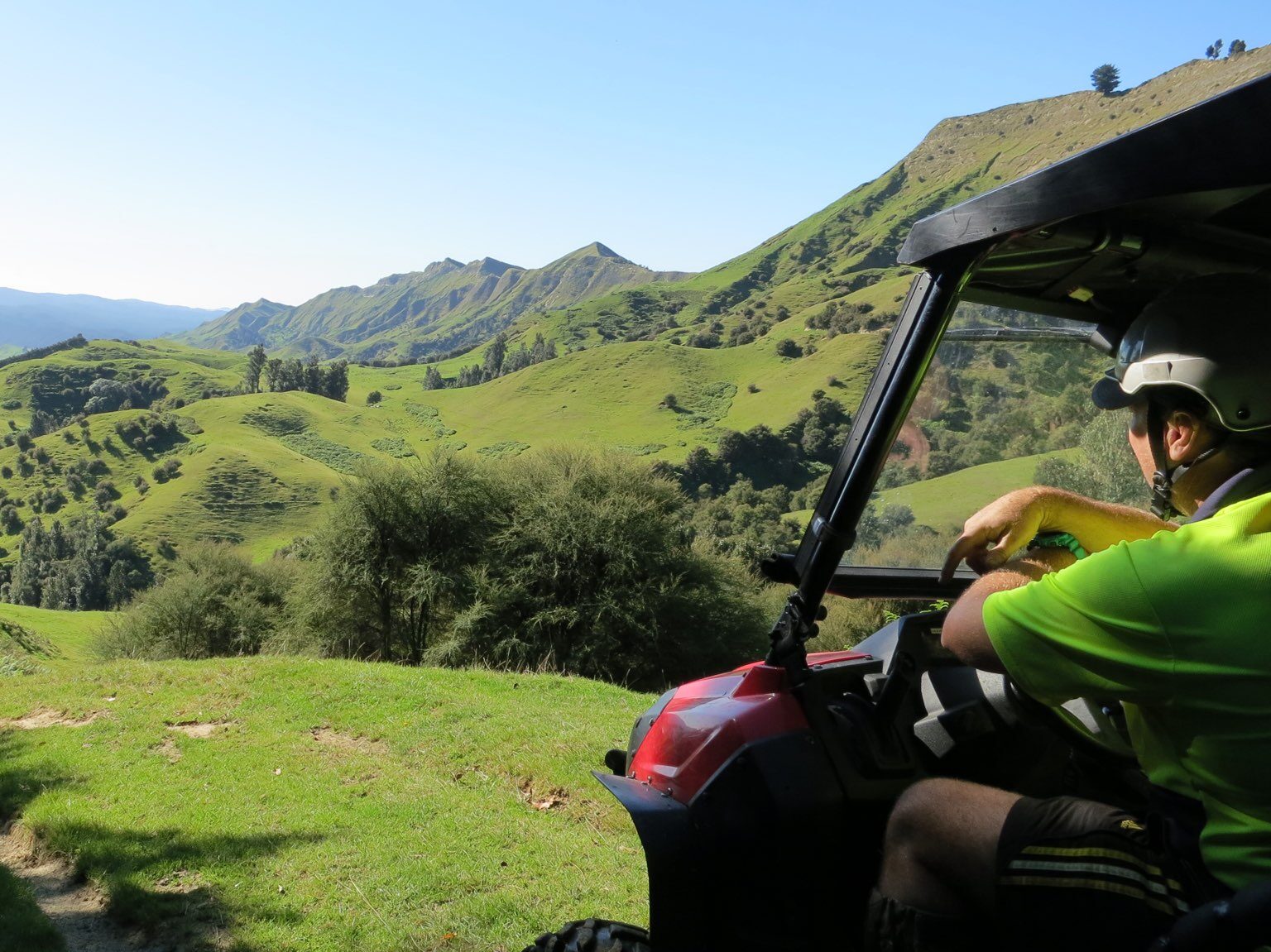ON THIS PAGE
What are they looking for in a large landscape project?
Predator Free 2050 Ltd applies fourteen criteria to expressions of interest in funding a large landscape project:
- Scale and geophysical attributes — projects should be ambitious in scale. Geophysical attributes will include “defendability” of the area once predators are eliminated. Proposals for large offshore islands will be considered.
- Biodiversity gain — projects should contribute to substantial biodiversity gains including the protection and/or establishment of habitat that will enhance outcomes for New Zealand’s endangered species.
- Alignment with PF2050 mission and interim goals — it needs to clearly demonstrate alignment to and how it will assist achievement of the government’s interim 2025 goals.
- Timing and measurability of gains — projects need to offer evidence of the timeframe in which the goals are to be delivered.
- Land owner support and participation — projects should show evidence of collaboration between all relevant landowners and interested parties (i.e. adjoining landowners, Māori, DOC, Local Councils, etc) to demonstrate support.
- Māori partnerships — where a Māori entity is not the project lead, relevant Māori hapu or iwi should be involved in the formation of the project and be collaboratively engaged in the ongoing delivery.
- Management (expertise and capacity) — the project management team should have proven experience and capacity.
- Funding and level of co-investment — projects need to provide sufficient evidence of the sources of funding, proposed or existing, for a minimum of 2 to 1 matching funding.
- Community support — projects should clearly articulate local community support and how they will be engaged and their opinions heard in the design and implementation of the plan.
- Health & Safety — projects should demonstrate the participants are aware of their responsibilities under the Health and Safety at Work Act 2015 (HSWA).
- Research innovation — opportunities for projects to contribute to the advancement of scientific research in the predator free area.
- Sustainability of gains — should address the need to secure predator free status for the proposed project area.
- Contribution to wellbeing — projects should identify how they contribute to improving living standards by enhancing natural, human, social and financial/ physical capital.
- Exit strategy — projects should address how its goals and predator free status can be sustained post PF2050 Limited investment.
Further details are available here.
The company requires co-funding of at least 2 to 1 so having strong council, philanthropic and land owner support for projects is essential.
How have existing projects built their capacity to deliver a large landscape project?
Predator Free 2050 Limited has funded 13 large landscape projects to date: Taranaki, Hawke’s Bay, Wellington, Waiheke, Dunedin, D’Urville Island, Lake Brunner, Whakatāne, Whangārei, Banks Peninsula, Southland, South Westland and the Bay of Islands.
These successful projects often build on the efforts of community groups, DOC, OSPRI, councils and landowners over many years.
The Predator Free Dunedin project combines the effort of 20 conservation-related agencies and groups. These groups entered into a Memorandum of Understanding to work together and develop a plan for Predator Free 2050 Limited backing in 2017.

Waiheke’s application was developed by the Waiheke Collective, ensuring broad community support was developed for the proposed initiative.
Both funding agreements are now administered by specially-formed charitable trusts.
Taranaki and Hawke’s Bay predator free projects are led by regional councils, while Predator Free Wellington has grown out of a partnership between its regional council and the NEXT Foundation, and is now constituted as a charitable company.
The Predator Free 2050 Limited-backed project entities are running five-year operational budgets of between around $5m and $50m.
How does eradication differ from suppression?
Each of the Predator Free 2050 Limited-funded projects has an eradication goal as part of their operational plan: the removal of possums from the Kaitake ranges, Mahia Peninsula and Otago Peninsula, the removal of stoats from Waiheke Island and the removal of rats from Miramar Peninsula and surrounding suburbs.
To be successful:
- All target animals must be put at risk by the operation.
- The harvest rate must exceed the rate of increase.
- Reinvasion must be detectable and managed to zero.
Eradication projects require different mental models, language, approaches, methodologies and tools than those used for traditional suppression-focused operations.
The research and development company Zero Invasive Predators (ZIP) plays an important part in equipping large landscape projects with tools and knowledge needed for success. Projects also draw on research from providers like Manaaki Whenua Landcare Research and on DOC’s experience from island eradication operations.
Predator Free 2050 Limited organises annual Project Coordination Workshops to help the projects it funds share information and knowledge to reach their eradication goals.
How often do they seek expressions of interest in new projects?
In May 2020 the government announced $76m in new funding for Predator Free 2050 Limited as part of the Jobs for Nature package in Budget 2020. Applications for this funding closed in March 2021.

Currently, Predator Free 2050 Limited is mobilising new projects and extending current ones to create new jobs as part of the government’s economic response to COVID-19.
Predator Free 2050 Limited encourages groups that are interested in applying for future funding to build their capability.
Predator Free 2050 Limited are happy to provide advice and welcome early discussions about project ambitions.
What makes their projects different?
Projects supported by Predator Free 2050 Limited undergo rigorous assessment against 14 different criteria for funding. Funding agreements are put together after a period of due diligence and negotiation and contain around 80 agreed milestones and decision points over the life of the project.
Funding is typically for a five years period and investment by the company has ranged from $1.6m to $11m towards total operational budgets of $5m to $50m.
Readiness for operating at this scale often emerges after preparatory work by community groups, landowners, philanthropic trusts, councils, DOC and OSPRI over several years.
Predator Free 2050 Limited provides active project management and support for projects once launched. It reviews project milestones on a quarterly review cycle, often providing milestone monitoring on behalf of other project funders to avoid duplication.
Significantly, every Predator Free 2050 Limited-backed project has an area targeted for the complete removal of at least one predator.
This emphasis on eradication is critical in creating a ‘learn by doing’ dynamic and driving innovation.
The company hosts an annual two-day project coordination workshop and also facilitates quarterly face-to-face or Zoom review meetings between project leads.
In an inaugural coordination workshop, it was emphasised that eradication projects require completely different mental models, language, approaches, methodologies, tools and verification techniques than those used for business-as-usual suppression operations.
Research and development company Zero Invasive Predators (ZIP) plays an important part in enabling this shift. Predator Free 2050 Limited has a service agreement with ZIP to allow projects to seek advice and assistance when required.
Additional new tools to support predator eradication are being designed and developed by New Zealand companies through Predator Free 2050 Limited’s Products to Projects initiative, with support from the Provincial Growth Fund.

